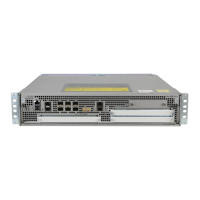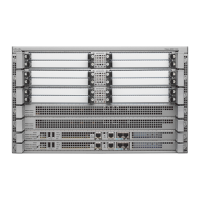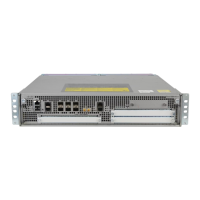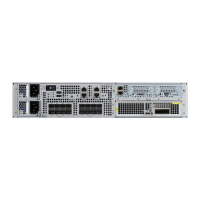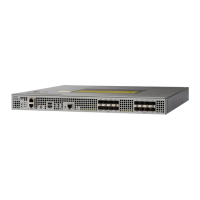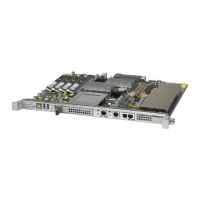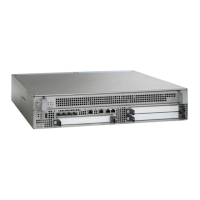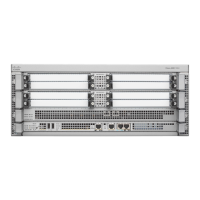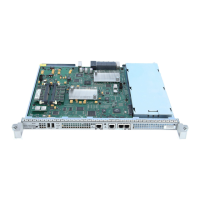Contents
viii
Cisco ASR 1000 Series Aggregation Services Routers SIP and SPA Software Configuration Guide
OL-14127-08
Interface MTU Configuration Guidelines 10-6
Interface MTU Configuration Task 10-7
Verifying the MTU Size 10-7
QoS Classification 10-7
Port-Level or Physical-Level QoS Classification 10-10
Configuring the Encapsulation Type 10-10
Configuring the Autonegotiation on an Interface 10-10
Disabling Autonegotiation 10-11
Configuring Speed and Duplex 10-11
Configuring the Media Type 10-12
Enabling Autonegotiation 10-12
Configuring a Subinterface on a VLAN 10-12
VLAN Classification 10-13
Verifying Subinterface Configuration on a VLAN 10-14
Saving the Configuration 10-15
Shutting Down and Restarting an Interface on a SPA 10-15
Verifying the Interface Configuration 10-15
Verifying Per-Port Interface Status 10-16
Using show Commands to Check SFP Module and XFP Module Status 10-16
Configuring the Network Clock for the 2-Port Gigabit Synchronous Ethernet SPA on a Cisco ASR 1000
Series Router 10-19
Configuring the Network Clock in Global Configuration Mode 10-19
Configuring the Network Clock in Interface Configuration Mode 10-23
Managing Synchronization 10-24
Sample Configuration 10-25
Verifying Synchronous Ethernet Configuration 10-26
Troubleshooting the Synchronous Ethernet Configuration 10-31
Configuration Examples 10-33
Basic Interface Configuration Example 10-33
MAC Address Configuration Example 10-33
MAC Address Accounting Configuration Example 10-34
MTU Configuration Example 10-34
VLAN Configuration Example 10-35
CHAPTER
11 Troubleshooting the Gigabit Ethernet SPAs 11-1
General Troubleshooting Information 11-1
Using debug Commands 11-2
Using show Commands 11-2
Performing Basic Interface Troubleshooting 11-2
